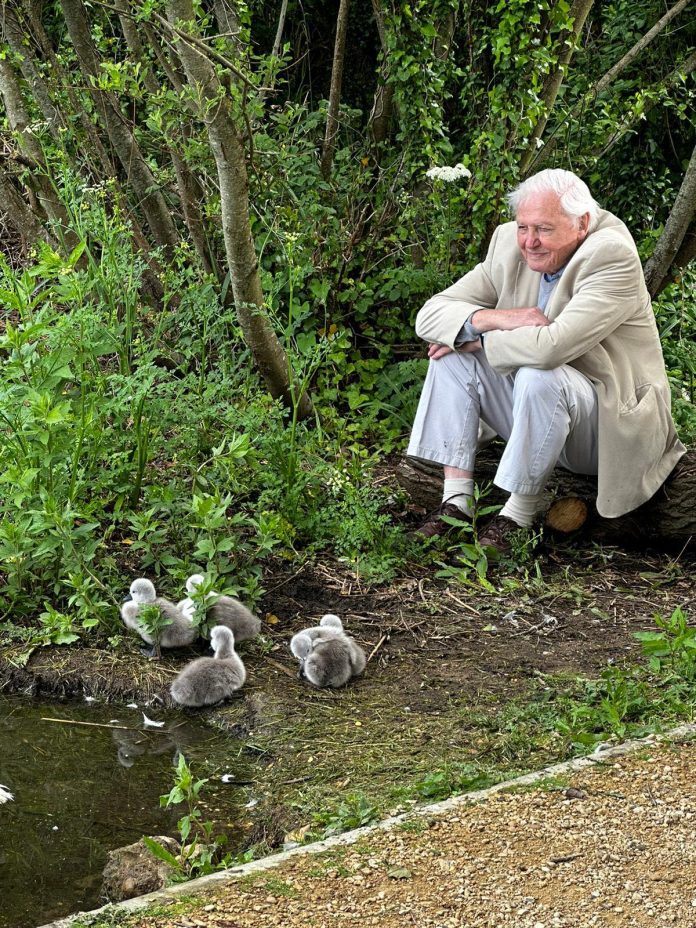At the age of 97, Sir David Attenborough continues to demonstrate an unwavering commitment to capturing the wonders of the natural world. In his latest venture with Sky Nature, titled “Secret World Of Sound,” the iconic naturalist and broadcaster delve into the auditory realm of animals, employing cutting-edge technology to record and film the sounds of nature, some of which are captured on film for the first time.
Sir David’s dedication to his work remains unparalleled, as described by Sharmila Choudhury, the series producer and his long-time collaborator. Choudhury emphasises Attenborough’s relentless work ethic, often putting in seven days a week with an unwavering commitment to giving his projects 100%. During the filming in the Wye Valley in Monmouth, where the team aimed to capture the song of a wild dipper, Attenborough, in true harmony with nature, found himself lying on damp ground, eagerly awaiting the appearance of the small bird. His dedication paid off, with the sun breaking through the clouds as the dipper arrived, allowing Attenborough to smoothly deliver his lines.
The three-part documentary series explores animal behaviour, categorising the sounds they make based on four functions: finding a mate, looking after young, hunting for food, or avoiding becoming prey. The production employs a range of technology, from tiny microphones that can fit inside bird nests to sophisticated hydrophones for recording underwater communications between fish. Remarkably, the team also utilised gadgets developed for other industries, such as the gas industry or espionage purposes, to capture sounds not normally heard.
While sound was the primary focus, the documentary inevitably confronted the issue of climate change, presenting an unprecedented challenge for the team. Choudhury highlights that every single shoot was impacted by climate change, disrupting the predictable behaviours of animals. She recounts a distressing experience in Amboseli National Park in Kenya, where elephants, affected by the region’s worst drought in 40 years, exhibited unusual behaviour, indicating the toll of climate change on their well-being.
Despite the challenges, the documentary also uncovers a glimmer of hope within the realm of sound. The team encountered an Australian scientist whose research suggested that playing the sound of a healthy coral reef at the site of a dying reef could aid regeneration and attract fish back to the area. While not a long-term solution, it provides a ray of hope in the face of the ongoing climate crisis.
When David Attenborough filmed in Dorset
During the filming of this new series, David Attenborough visited Abbotsbury Swannery to capture the communication of swans.
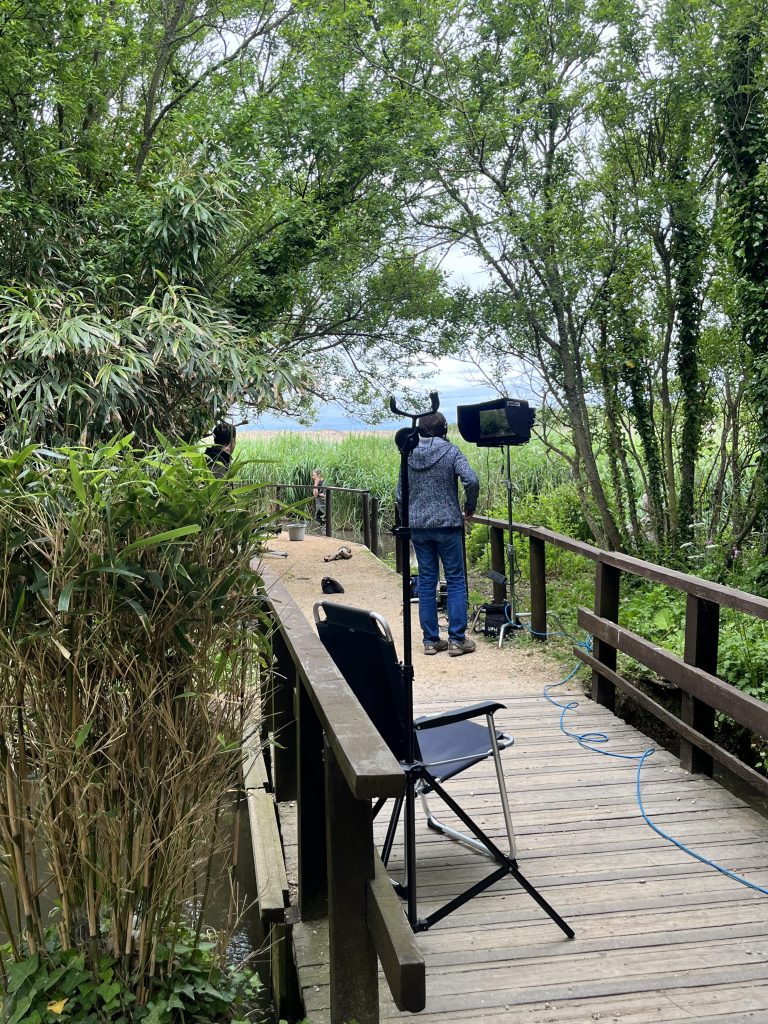
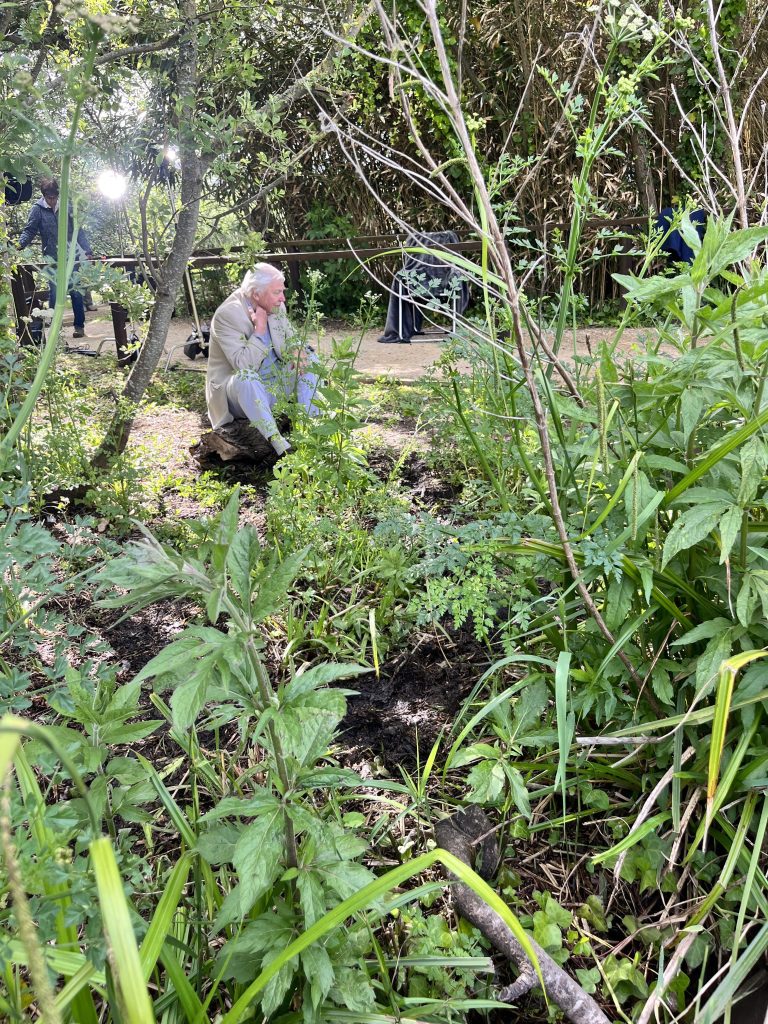


Swans communicate using a variety of vocalisations, body language, and visual displays. Some of the common ways swans communicate include:
- Vocalisations: Swans are known for their trumpeting calls, which can be loud and resonant. Mute swans (Cygnus olor), for example, are not completely mute and can make various sounds such as honks, grunts, and whistles. These vocalizations are used for different purposes, including signaling danger, expressing aggression, or communicating with their mate and offspring.
- Body Language: Swans use various body movements and postures to convey different messages. For example, they may stretch their necks high in the air as a sign of aggression, or they may lower their necks and bodies to the water in a more relaxed posture. Courtship displays often involve synchronised movements between mates.
- Visual Displays: Swans engage in visual displays to convey emotions and establish dominance. This can include spreading their wings, puffing up their feathers, or flapping their wings in a threatening manner. These displays are often part of territorial disputes or courtship rituals.
- Grooming: Mutual grooming is a form of communication and bonding among swans. They use their bills to clean and preen each other’s feathers, reinforcing social bonds within a pair or family.
- Nesting Signals: During the breeding season, swans may use specific signals to communicate about nesting activities. This can include the selection of a nest site, arranging nesting material, and coordinating incubation shifts between mates.
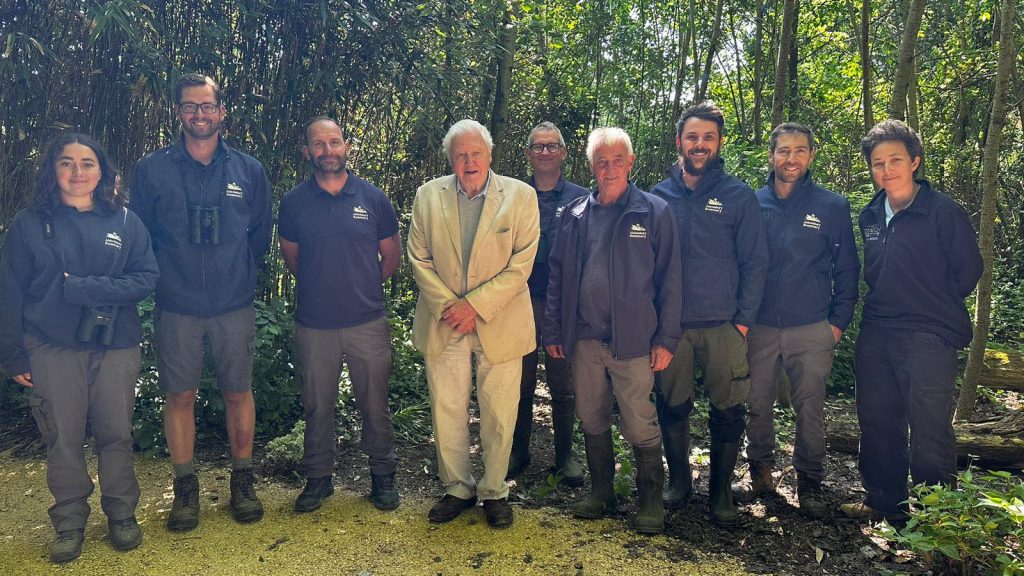

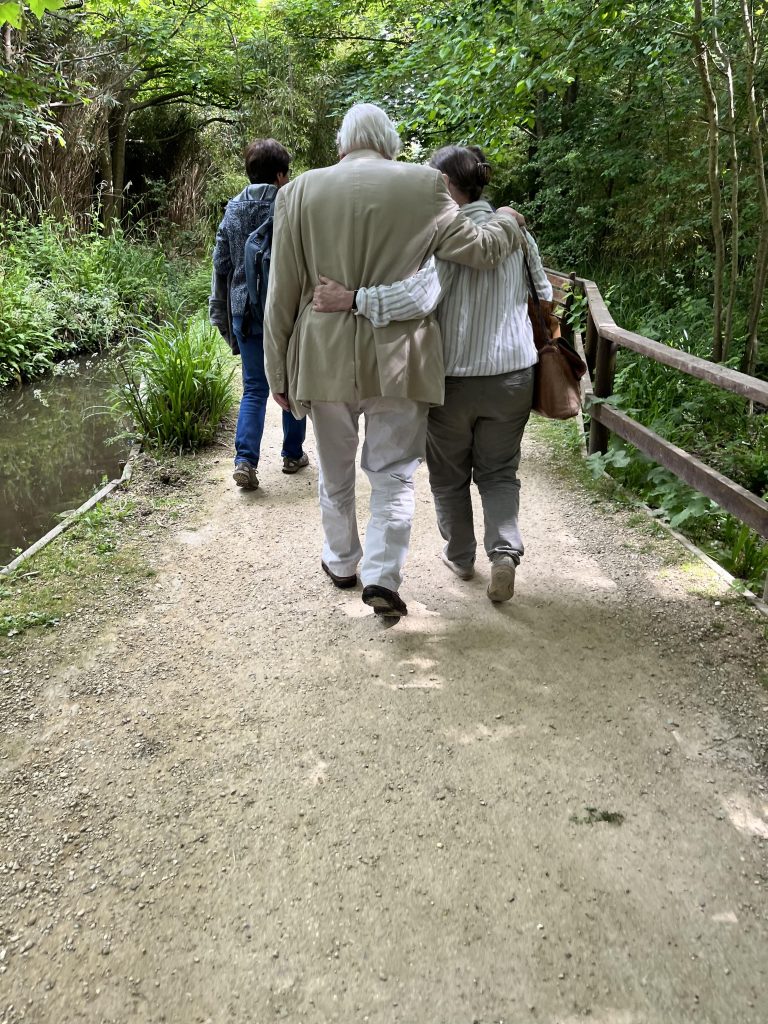
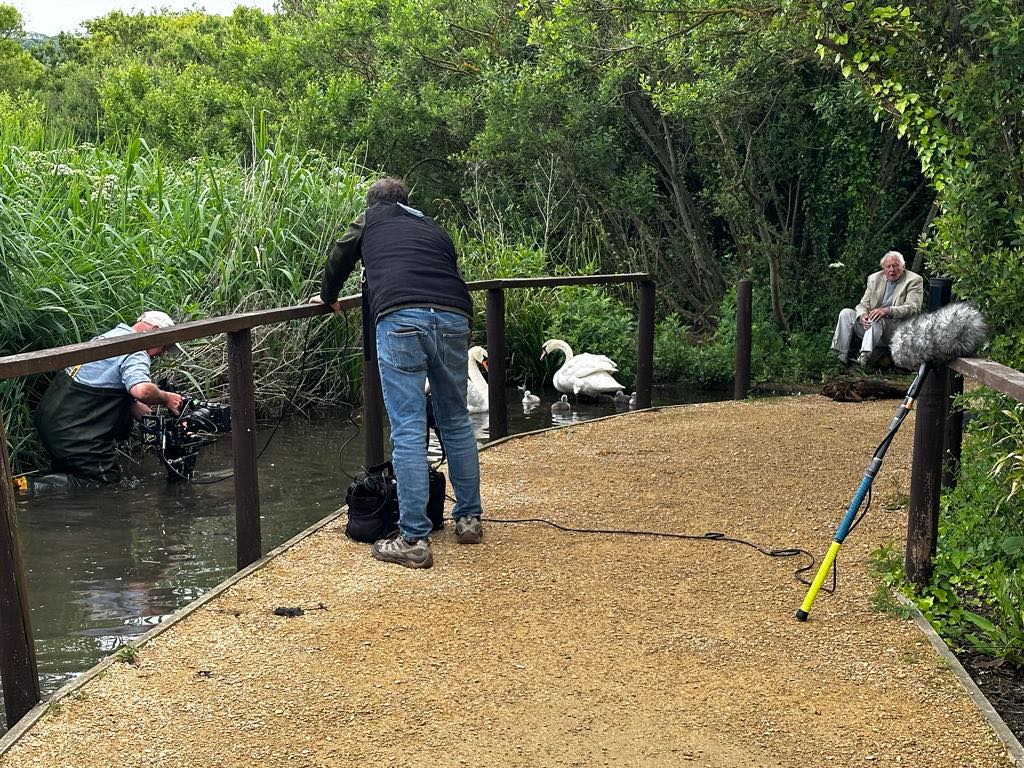
In conclusion, “Secret World Of Sound With David Attenborough” not only captures the mesmerising auditory world of animals but also serves as a poignant exploration of the impact of climate change on wildlife. Sir David Attenborough’s enduring passion and dedication to his craft shine through, making this documentary a testament to his continued contributions to the understanding and preservation of the natural world.
If you like our content, join us in helping to bring reality and decency back by SUBSCRIBING to our Youtube channel: https://www.youtube.com/channel/UCQ1Ll1ylCg8U19AhNl-NoTg AND SUPPORTING US where you can: Award Winning Independent Citizen Media Needs Your Help. PLEASE SUPPORT US FOR JUST £2 A MONTH https://dorseteye.com/donate/

